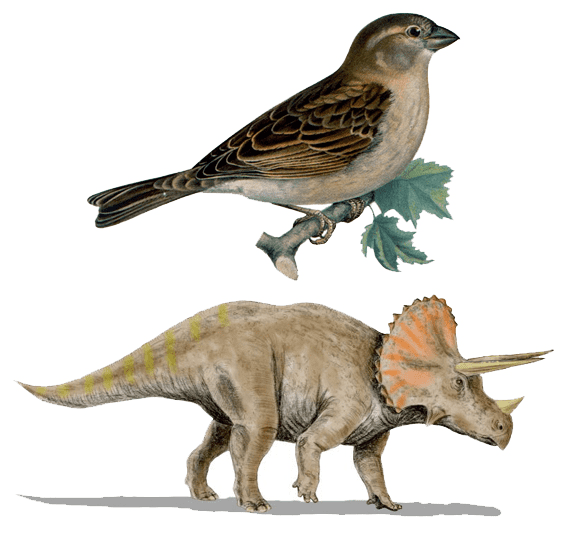While bones and other fossils can be preserved for millions and millions of years, the same can’t be said about DNA. Despite what Jurassic Park might have you believe, DNA can hardly last one million years — and since dinosaurs went extinct some 66 million years ago, finding intact dinosaur DNA is not really a realistic expectation.
However, by starting from currently living species and using some creative maths, researchers were able to figure out what it probably looked like.
They started from modern-day turtles and birds — the first being one of the closest living relatives of the dinosaurs, and the latter being, well, dinosaurs — yes, birds are technically dinosaurs. Working backward from these modern species, Prof. Darren Griffin and colleagues at the University of Kent used mathematical techniques to identify the possible genetic characteristics of the earliest dinosaurs.
According to their calculations, the DNA of dinosaurs has remained quite stable through the ages and was very similar to the DNA shared by birds today. Essentially, dinosaur DNA, much like bird DNA, is organized into “chunks” called chromosomes. Birds have 80 chromosomes, which, relatively speaking, is a lot — for comparison, humans have 46, and frogs have around 20.
Birds are one of the most varied animal groups, and it’s partly owed to their large chromosome number. If dinosaurs shared the same feature, it could help explain why they also exhibit such a great variety — from horned vegetarian “tank” to small bipedal predator to true giants. But throughout all this variation, the overall structure of the DNA seemed to have remained stable over the years.
“Our results suggest that most elements of a typical ‘avian-like’ karyotype (40 chromosome pairs, including 30 microchromosomes) were in place before the divergence of turtles from birds ~255 million years,” the researchers write in the study. “This genome organisation therefore predates the emergence of early dinosaurs and pterosaurs and the evolution of flight.”
“This genomic structure therefore appears highly stable yet contributes to a large degree of phenotypic diversity.”
Griffin says that dinosaurs found a recipe for success — they found what worked from them, built a stable genetic basis, and from there, spurred a great deal of variation. But unfortunately for them, this wasn’t enough to help them survive the dramatic meteorite event 66 million years ago, which wiped the dinosaurs (and many other creatures) out of existence.
As for Jurassic Park — don’t get your hopes up. This study is a genetic calculation, we still haven’t found any dinosaur DNA — and we probably never will.
“We are not going to have Jurassic Park anytime soon,” Griffin told the BBC. “If you take the DNA of a chicken and put it into an ostrich egg you won’t end up with a chicken or an ostrich. You will end up with nothing. The same would be true of a velociraptor or a T. rex. It just wouldn’t work”.
The study has been published in Nature.










